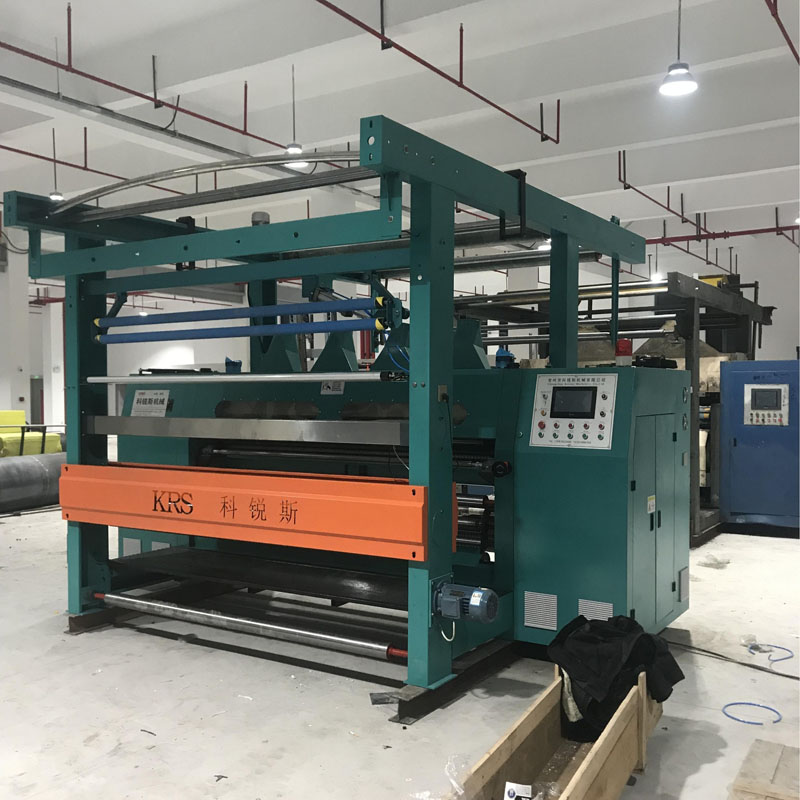Overcoming Challenges in Automatic Shearing Machine Operation
2024-04-22
Automatic shearing machines are indispensable tools in manufacturing and fabrication, but like any equipment, they come with their own set of challenges. Understanding these challenges and implementing effective mitigation strategies can help ensure smooth operation and optimal performance. In this blog, we'll explore some common challenges faced during the operation of automatic shearing machines and how to overcome them.
1. Material Variability
Challenge: Different materials have varying properties such as hardness, thickness, and elasticity, which can affect the cutting process and result in inconsistent cuts or blade wear.
Mitigation:
- Conduct thorough material testing and analysis to determine the optimal cutting parameters for each material type.
- Adjust cutting speed, blade pressure, and other parameters based on the material being processed.
- Use high-quality blades and regularly maintain them to ensure consistent cutting performance.
2. Blade Wear and Maintenance
Challenge: Blades wear out over time due to the abrasive nature of cutting materials, leading to decreased cutting efficiency, poor quality cuts, and increased downtime for blade replacement.
Mitigation:
- Implement a regular blade maintenance schedule, including sharpening or replacement as needed.
- Use the appropriate blade material and ensure proper alignment to minimize wear.
- Monitor blade condition and performance regularly to detect signs of wear early and address them promptly.
3. Misalignment and Deflection
Challenge: Misalignment of the cutting blade or machine components, as well as deflection caused by the material being cut, can result in inaccurate cuts and reduced cutting efficiency.
Mitigation:
- Perform regular machine inspections to check for misalignment and ensure proper alignment of the cutting blade and other components.
- Adjust blade clearance and angle to minimize deflection and maintain accurate cuts.
- Reinforce machine rigidity and stability through proper maintenance and adjustment of machine components.
4. Operator Error
Challenge: Improper setup, adjustment, or operation by the machine operator can lead to suboptimal cutting performance, waste, and potential safety hazards.
Mitigation:
- Provide comprehensive training to machine operators on proper setup, operation, and maintenance procedures.
- Clearly document and communicate operating procedures, including safety protocols and best practices.
- Implement quality control measures to monitor cutting quality and address any deviations promptly.
5. Material Jamming and Scrap Removal
Challenge: Jamming of materials in the cutting area and inefficient removal of scrap material can disrupt the cutting process and lead to production delays.
Mitigation:
- Ensure proper material feeding and clamping to prevent jamming in the cutting area.
- Implement effective scrap removal systems, such as conveyor belts or pneumatic systems, to remove scrap material quickly and efficiently.
- Regularly clean and maintain the cutting area to prevent buildup of debris and minimize the risk of jamming.
6. Electrical and Mechanical Failures
Challenge: Electrical or mechanical failures can occur unexpectedly, leading to unplanned downtime and production losses.
Mitigation:
- Conduct regular preventive maintenance on electrical and mechanical components to identify and address potential issues before they escalate.
- Keep spare parts on hand for critical components to minimize downtime for repairs.
- Implement robust safety systems and emergency stop mechanisms to prevent accidents and mitigate damage in the event of a failure.
Conclusion
While automatic shearing machines offer significant benefits in terms of efficiency and productivity, they also present challenges that can impact their performance. By understanding these challenges and implementing appropriate mitigation strategies, manufacturers can minimize downtime, reduce waste, and ensure consistent, high-quality cuts in their operations. Regular maintenance, proper training, and adherence to best practices are essential for overcoming these challenges and maximizing the efficiency and effectiveness of automatic shearing machines in industrial applications.



